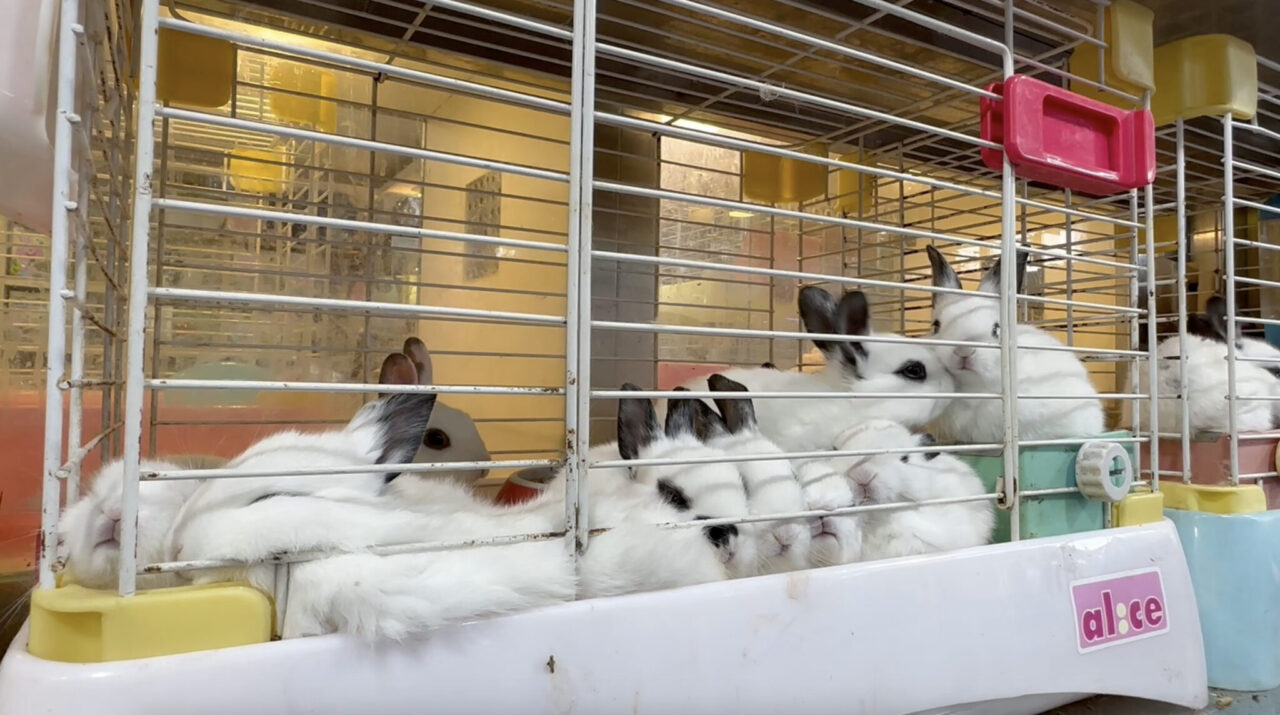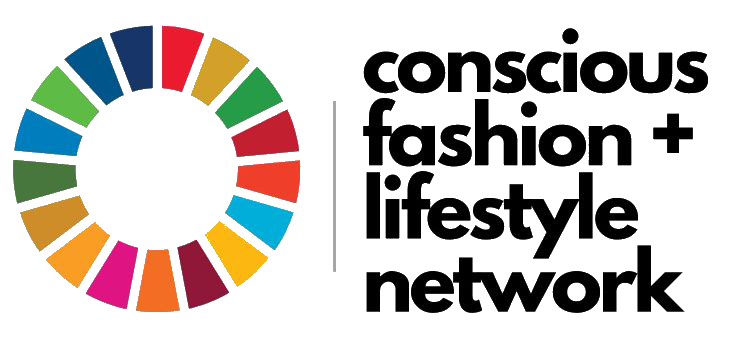Gong Xi Fa Cai! It’s The Year of the Rabbit – but what does this really mean for rabbits in China & Asia?
Being Chinese, the Chinese (lunar) New Year, also called ‘Spring Festival’, is one of the most important festivals for us, that is rich in culture and fascinating customs. There is always a buzz in the air as people get ready at the markets, spring clean and decorate their homes as family and friends gather for meals and to send best wishes. Of course, this time of year is a real highlight for children or unmarried youth as they receive red envelopes containing money from parents and elder relatives. All these traditions evoke many fond memories for me personally.
This year, the first day of the Chinese New Year is on 22nd January. The first day is always cause for huge festivities across China and many Asia countries like Singapore, Korea, Vietnam and Malaysia as well as other countries worldwide. Internationally, Chinatowns become alive with the traditional Lion Dance and Chinese restaurants offer Chinese New Year celebratory menus.
As the Chinese New Year is heralded, so is the symbolic animal of the new year. This year it is the Year of the Rabbit which is a ‘symbol of longevity, peace, and prosperity’ in Chinese culture and 2023 is predicted to be a year of hope. People born in a Year of the Rabbit are believed to be vigilant, witty, quick-minded, and ingenious.
The 12 animals chosen for the Chinese zodiac are based on a Chinese legend known as the Great Race which was hosted by a Chinese Emperor. He declared that all the animals would race against one another and the fastest 12 were announced as the winners, each having a year named after it.

Unlucky Year
Having won this race and secured a place on the ancient Chinese zodiac, in addition to the year being celebrated in its name, you would think that the symbolic animal and your zodiac sign year, would be a symbol of luck. This is far from the case. My heart sinks every year for the animal whose year is celebrated. Being the ‘star’ of the zodiac during that year will invariably bring that animal more misery than love.
According to ancient Chinese astrology belief, during your birth sign year you could offend the God of Age and it is likely to be a challenging year. To counter this old saying, some people will look to visit the temple more frequently during their birth year sign and be more careful in all aspects of their life – including career, fortune, health and love.
Not only is the zodiac sign bad luck for the people born in that year but it is also, tragically, it is often bad luck for the zodiac animal itself. While the Chinese New Year celebrations are gaining more attention globally, the zodiac animals are often exploited, eaten, used for fur or bought as a pet with no knowledge how to care for the animal – meaning the zodiac animal is most definitely not in luck.
Problem: Rabbit fur
This year, the Year of the Rabbit, will sadly mean that more rabbits than ever are killed for their fur to promote rabbit fur and other fur clothing. I still vividly remember the last Year of the Rabbit in 2011, when rabbit fur, mink and fox fur became the number one item for Chinese stars and celebrities, showcasing their outfits publicly on TV or at public ceremonies. The designers creating these garments and the celebrities parading them on the shows no doubt had little knowledge behind the conditions in which the rabbits were kept and slaughtered to achieve their fashion goal.
Many of us also remember a film in 2013 that showed how fur was pulled out from live angora rabbits and recently I watched a film showing how rabbits were roughly handled when cutting their fur. Sadly, in China and many Asian countries, there is little knowledge surrounding the suffering that rabbits and other fur animals undergo in order to get their fur. Angora fur is still popular in China and many Asian countries and the suffering during harvest of the fur by cutting or pulling causes profound distress. Additionally, rabbit fur is also made into accessories such as lucky charms which targets young consumers.
However, we have come a long way since 2011 when the Year of the Rabbit was last celebrated. ACTAsia’s fur free campaign has worked tirelessly to stop the commercial use of fur and promote sustainable alternatives.

Solution: ACTAsia’s Fur Free Project & Fur Free Festival
ACTAsia’s Fur Free project helps consumers make informed choices by shining a light on the reality of the fur industry. ACTAsia highlights the facts and practices surrounding breeding, the conditions that animals are kept in, slaughter methods and the environmentally damaging production process of fur. ACTAsia publishes and updates research into these areas and we help consumers and retailers choose fur alternatives.
ACTAsia also hosts an annual Fur Free and Sustainable Fashion Festival in China advocating compassionate alternatives to real fur. ACTAsia’s Fur Free project is run in conjunction with the Fur Free Retailer and as part of the FFR scheme, ACTAsia has recruited 81 brands in China, and we continue to encourage fashion designers and retailers to pledge never to use real fur.

Problem: Rabbit as meat consumption
Rabbits are also consumed in huge volumes during the Year of the Rabbit. China is responsible for 30% of global rabbit meat consumption but in celebration of the new zodiac sign this number will rise. Unbelievably, rabbit heads are also eaten as it is seen to be a traditional cuisine – though it is more commonly consumed in one city, Chengdu. However, I was shocked to find out that the number one product on 1st January this year, on the most popular Chinese ecommerce site, was rabbit head due to it being The Year of the Rabbit! China also tops the country with the largest volume of rabbit meat consumption at (925K tonnes), comprising approximately 62% of the total global consumption.
There has also been a huge increase in meat consumption in Asia. In 1961 meat consumption in Asia was 5.33kg per person/per year but in 2017 consumption had increased to 32.55kgs. This is an increase of 27.22kg per person which is a 5-fold (511%) increase over 56 years. This compares to the United States at a 46% increase and the UK at a 15% increase.
Solution: ACTAsia’s Plant Forward Campaign
ACTAsia actively promotes plant-based diets and compassionate choices and we hope that this year consumers will choose to make positive food swaps and thereby reducing the volume of rabbit and meat consumed across China and other Asian countries.
Problem: Rabbits as pets
Many children across China will be bought a rabbit to celebrate the new year. Costing as little as 50p, rabbits are an inexpensive luxury to gift to a child. However, many adults and children know very little about how to care for the animal, nor will they have received any education about companion animals and have no idea of the conditions a rabbit should be kept in or what to feed it. The literal meaning of the word animal in Chinese is ‘moving object’ and many children and adults treat it as quite simply an object – not as a sentient being. Pet ownership is growing in China but few possess the knowledge required to care for an animal – thereby putting its life in danger.
Rabbit petting shops are now widely available in China and even Japan. Parents bring children to visit the shop to pet the rabbits that are put in a shopping trolley, working all day waiting to be petted. When they are not working the rabbits are put back in a cage. Their natural behaviours and needs are totally neglected. Ignorance is the key issue as children and young people want to build relationships with animals, but they don’t always understand that “animals” are lives who also have feelings and can feel pain.
Solution: ACTAsia’s Caring for Life for Children Education
ACTAsia plans to reach even more children this year with our pioneering Caring for Life education programme. This is especially important during the Year of the Rabbit as we educate children that animals are sentient beings and how to care and protect animals.
Humane education which is often referred to as PSHE (Personal, Social, Health and Economic) is widely taught in the west but is not taught in Asian schools and without these lessons, children are not taught vital life skills.
ACTAsia’s Caring for Life (CFL) for Children education programme aims to help Asian children, aged between 6 and 12 years old, to develop a sense of compassion and responsibility for animals, people and the environment. Taught over six years and based on UNESCO’s Four Pillars of Education, the curriculum encompasses social welfare and citizenship, animal welfare and environmental issues.
Solution: Fur free education at university level
When I founded ACTAsia, I knew I couldn’t fix all the issues in China and Asian countries, but I strongly believe that education is the key to address the root cause of the problems and to help change behaviours. ACTAsia hopes that our pioneering higher education programme will put a stop to fur – and rabbit fur – in future fashion designs.
ACTAsia’s Compassion in Fashion Course is the first academic course of its kind in the world, as part of the FutureLearn platform, to be offered by a non-profit organisation. Through this course, ACTAsia is working closely with fashion professionals to bring discussion around social justice, environmental protection and animal rights to mainstream fashion education. The course caters for fashion students and professionals and is written and recorded by ACTAsia, in collaboration with John Lau, Dean of Academic Strategy at the London College of Fashion.
UN award for our fur free work
In 2021, ACTAsia became a member of the UN’s Conscious Fashion and Lifestyle Network, which aims to accelerate the fashion industry’s progress towards the UN’s Sustainable Development Goal targets for 2030. ACTAsia supports this progress through our educational work and targeted events with the goal of reducing demand for fur in the fashion industry. ACTAsia is the first organisation to successfully promote a fur free campaign goal ‘to ultimately eliminate the demand for fur in fashion’ as part of the UN Sustainable Development Goals.
Please join us to create long term change so we can end the suffering of rabbits and other animals. Please sign up to join us or donate to support our work.
![ACTAsia [logo]](https://www.actasia.org/wp-content/themes/ACTAsia-2022-theme/assets/img/actasia-en-colour.svg)



